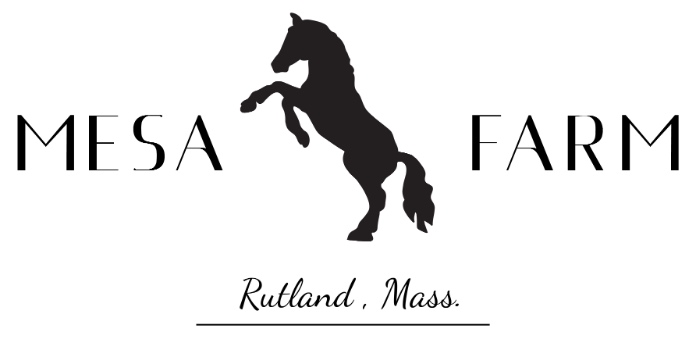April 10, 2020
Monday, May 11, 2020
Share
Horse training: “focus activity”
An activity I often do immediately after, or even part of, the “untracking” activity as described in the 4-6 update is the “focus” or “check-in” activity. This is another activity I learned from Dr. Deb Bennett.
Some horses seem to view humans as another species they’d rather not mess with and in trying to avoid them seem to think if they don’t look at them they won’t have to mentally connect with them. So they need to “learn” to focus. In a similar vein, some horses will find anything they can to distract themselves from having to pay attention to the handler. They will look (or listen) to other horses that may be in the area, a car driving by, a dog barking in the distance; anything they can to avoid eye contact or having to pay attention to the handler. And other horses, even if they may have had lots of human handling, might take the “checked-out” approach; and just show zero interest in being part of the horse/handler team. Each of these behaviors goes back to the trust/leadership idea.
The handle begins this activity by simple asking the horse to stand still. The untracking activity is a perfect lead-in for this as the animal will be likely ready for a rest or change after “working” bending it’s body.
The handle stops directing the horse from going anywhere, pehaps with a little tension (and release upon compliance) on the lead rope with a “whoa” sound. Once the horse is “parked”, the handler uses his or her posture (horses seem to be instinctively great at reading body language of other animals, be it other horses or prey species) to hold the horse in a stationary position. We’ve hoped by this time the horse has had enough of a positive experience, scratches, and “g-o-o-o-ds, that they don’t think of humans as wanting to hunt them, but we should remind ourselves sometimes that that is within the realms of how they perceive us.
The handler slowly walks backward towards the end of perhaps a 10′ lead line looking at the horse. Standing a little to the right or left, rather than directly in front of the horse is best as it seems to make it a little easier to “read” the horse’s perception. If the animal moves a step or more the handler calmly and gently parks it again, waits until it settles, and backs off again. Some horses will try to follow; so it is a matter of showing by body position your intention that the horse stays put.
Once the handler gets that 8 or 10 feet away (or 6′, if that’s all he can), if the horse looks directly at him for even just a few seconds, silence, or a calm “g-o-o-o-d” will do, acknowledge the horse is obeying. Not a time for baby-talk.
If the horse complys and makes eye contact with you for a few seconds, you can slowly walk up and rub or scratch his shoulder or neck. I tend to avoid going directly to his face as I think that movement is more difficult for their eyes and mind to process and sometimes sets an internal alarm bell to go off.
If the horse looks away, a slight “barely-there” flip of the lead rope should make them aware you want their attention. How much pressure? As little as it takes to get the horse to look at you and not walk or look away.
Like any activity, horses cn get bored quickly, so if you’re successful, move to a short distance nearby and try it again a time or two, but then proceed on to something else. Build off little successes. You may need to be satisfied if you only get 2 seconds of the horses full attention and focus the first day.
The initial goal is to teach the horse to make direct contact with you for 5 or 6 seconds. The end goal, however, is to continue developing that leadership/trust/comfort level with your horse so the times comes that perhaps a bird flies out of a bush and the horse pauses, and with a knowing glance you and your horse make brief eye contact with each other and the animal settles down with a “That almost scared me, but I can tell you think it’s fine so I’ll trust your leadership and let’s continue on” expression.
Some of you parents currently schooling at home can let me know if the above activity works on teenagers!
Hope you all had a reflective Good Friday..
(Actually goes with the “untracking” or “step under” activity from the April 6th update.) They don’t need to cross their hind legs unless specifically asked; one step at a time. Second photo: Tucker demonstrating he can focus on the handler.

